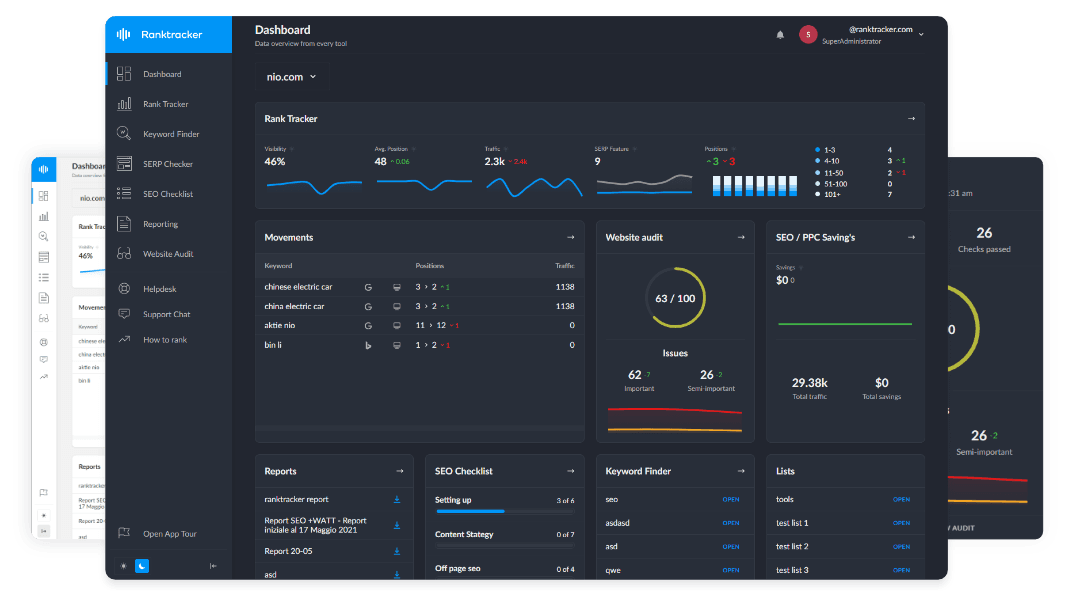Intro
Contextual flow refers to the logical progression and seamless connection between different sections of content within a webpage or website. It ensures smooth user experience, coherent topic transitions, and strong internal linking, making it easier for users and search engines to follow the content.
Why Contextual Flow Matters:
- Helps users navigate content effortlessly.
- Improves internal linking and topical relationships.
- Enhances search engines' ability to understand content structure.
Example of Good Contextual Flow:
- A blog post on "Keyword Research Strategies" should transition smoothly from:
- “What is Keyword Research?” → “Best Keyword Research Tools” → “How to Analyze Keyword Difficulty.”
What is Contextual Coverage in SEO?
Contextual coverage refers to the depth and completeness of a topic within a webpage or across a website. It ensures that all important aspects of a subject are thoroughly addressed, preventing content gaps and reinforcing topical authority.
Why Contextual Coverage Matters:
- Establishes topical authority by covering subjects in-depth.
- Improves SEO performance by satisfying user queries fully.
- Enhances Google’s understanding of content relevance.
Example of Strong Contextual Coverage:
- A guide on “Technical SEO” should include:
- “Core Web Vitals Optimization”
- “Crawling & Indexing”
- “Schema Markup Best Practices”
Contextual Flow vs. Coverage: Key Differences
| Feature | Contextual Flow | Contextual Coverage |
| Definition | Ensures logical progression and readability | Ensures all relevant topics are addressed |
| Focus | User experience & content structure | Depth and completeness of content |
| SEO Benefit | Improves internal linking & content hierarchy | Strengthens topical authority |
| Example | Smooth transitions between sections in an article | Comprehensive topic coverage with subtopics |
How to Optimize for Both Contextual Flow & Coverage
✅ 1. Use a Logical Content Hierarchy
- Structure headings (H1, H2, H3) properly for readability and depth.
- Example:
- H1: “Complete Guide to SEO”
- H2: “Keyword Research Basics”
- H3: “Best Tools for Keyword Research”
✅ 2. Strengthen Internal Linking for Contextual Flow
- Link related sections strategically for smooth navigation.
- Example:
- "Local SEO Guide" should internally link to “Google My Business Optimization” and “NAP Consistency.”
✅ 3. Expand Content Depth for Contextual Coverage
- Address all subtopics users may search for.
- Example:
- "On-Page SEO" should include “Title Tag Optimization,” “Internal Linking Strategies,” and “Meta Description Writing.”
✅ 4. Optimize for Semantic Search & Topic Clusters
- Use synonyms, related terms, and entity-based keywords.
- Example:
- "Ecommerce SEO" should also cover “Product Page SEO” and “Category Page Optimization.”
✅ 5. Monitor Performance & Adjust Content Strategy
- Use Google Search Console & Ranktracker to analyze readability, engagement, and topic depth.
- Example:
- If "SEO Trends 2023" ranks well, update and expand it into “SEO Trends 2024.”
Tools to Optimize Contextual Flow & Coverage
- Google Search Console – Identify content gaps and user engagement trends.
- Ranktracker’s Keyword Finder – Discover related search queries for better coverage.
- Ahrefs & SEMrush – Monitor competitor content structures and internal linking strategies.
Conclusion: Balancing Contextual Flow & Coverage for SEO Success
Both contextual flow and coverage are essential for creating well-structured, authoritative content. By ensuring logical content flow and in-depth topic exploration, websites can achieve higher search rankings, improved user engagement, and stronger SEO performance.

